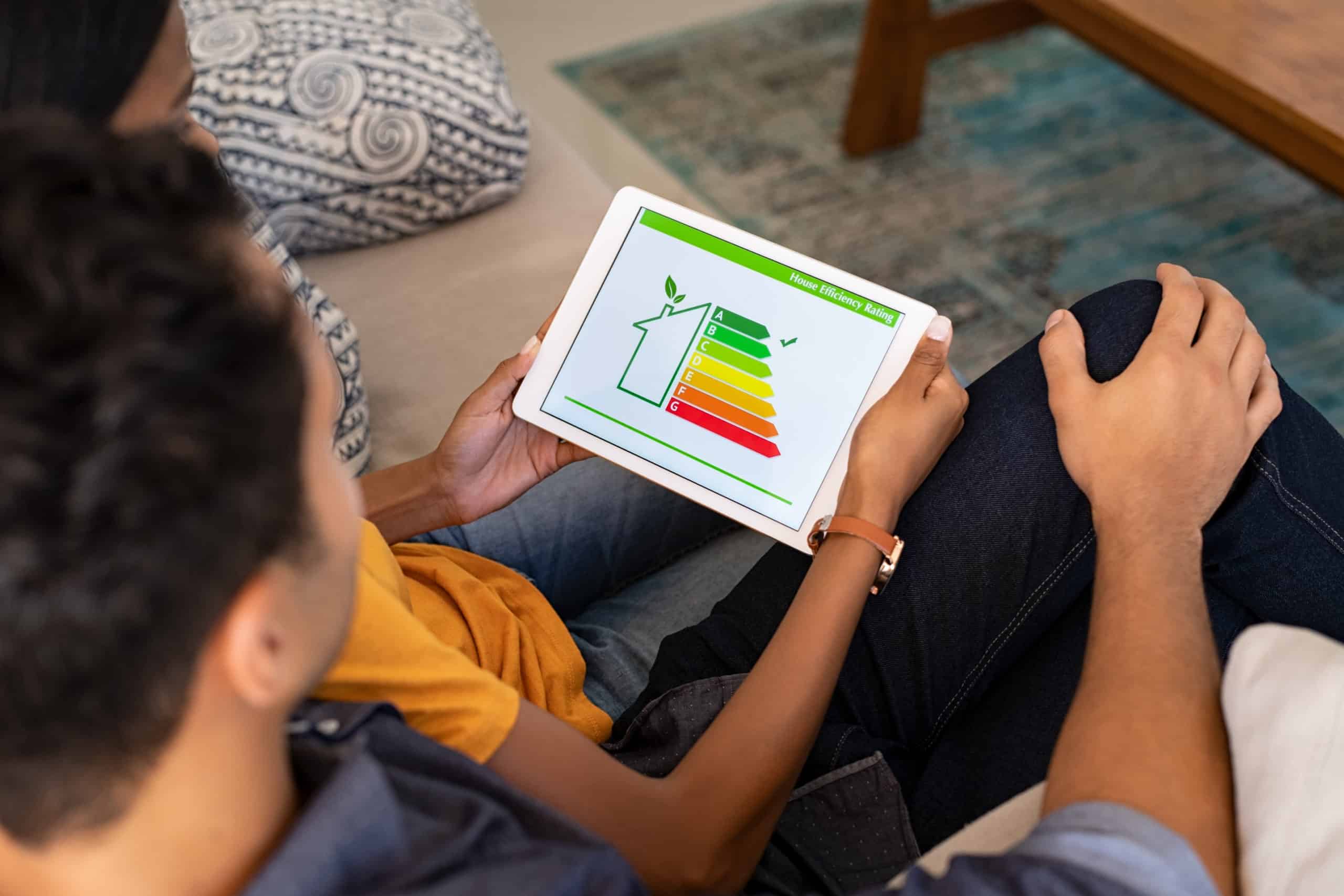Green building incorporates environmental considerations into every stage of the building construction process. It focuses on the design, construction, operation, and maintenance phases. Construction professionals work together from start to finish to optimize buildings for environmental sustainability.
Green buildings offer widespread benefits to building occupants and society as a whole. They typically include superior air quality, abundant natural light, access to views, and noise control making these buildings better places to work or live.
The major considerations taken into account when designing a green building are the lot design and development, natural resource efficiency, indoor environmental quality, and the building’s overall impact on the environment.
Elements of Green Building
Creating homes and commercial buildings with a low environmental impact benefits everyone. Green buildings provide cost savings to the builder and occupants. Green builders are encouraged to build on previously developed land rather than developing new land.
It’s also important to build near existing infrastructure, such as bus routes and libraries, to reduce residents’ dependence on transportation. A green building has four main elements on which it is designed: materials, energy, water, and health to make these buildings more sustainable.
1. Materials
Materials used for green buildings are obtained from natural and renewable sources. These sources are obtained locally to reduce the energy costs of transportation and are managed sustainably. Recycled content and prefabricated products reduce material use, cut costs, and often perform better than traditional alternatives.
Other specifications that are considered when choosing materials include their durability, re-usability, and effects on air quality. Non-toxic materials improve indoor air quality and reduce the rate of respiratory illnesses. They also have low VOC content and are moisture resistant to deter mold growth. Indoor air quality is also addressed through ventilation systems and materials that control humidity.
2. Energy
Energy efficiency is the key to most green building programs. Builders can start early in the design process to take advantage of the sun, wind, and natural light to help cool and het the building comfortably. Natural daylight design reduces a building’s electricity needs and improves people’s health and productivity. This allows for the use of smaller, efficient HVAC systems, lighting, and appliances.
Careful window selection and placement or skylights can be used to light homes. insulation, duct sealing, proper placement of air and vapor barriers, and the use of clean energy-powered heating/cooling systems contribute towards an energy-efficient building. The use of renewable energy, such as solar, wind, or biomass energy, to meet energy requirements can significantly reduce the carbon footprints of green buildings.
3. Water
In green buildings, the focus is on reducing the need for water. Water reduction can be achieved by using low-flow toilets and greywater systems that recycle water for irrigation. Water collection methods such as rainwater harvesting are also central to
sustainable building. Techniques include:
- Storage of rainwater on the surface. This is a traditional method and structures used are underground tanks, ponds, and check dams.
- Recharge to groundwater. This is a new concept of rainwater harvesting. The structures generally used are pits trenches, dug wells, and hand pumps.
Installing water-efficient appliances and plumbing fixtures will help conserve fresh water and reduce utility bills. These types of appliances can include low flow showerheads, self-closing or spray taps; low-flush toilets, and waterless composting toilets. Installing point-of-use hot water systems and lagging pipes saves on water heating.
4. Waste
Reduce, reuse, and recycle construction and demolition waste to cut costs and improve building quality. Design for efficient use of materials and durability, avoiding future waste. With the right setup, you can recycle some waste materials on the construction site.
Benefits of Green Building

Green buildings can be solutions for cities, communities, and neighborhoods. Green buildings are reducing carbon emissions, energy, and waste. They also increase the conservation of water and prioritize using safer materials. Other benefits include:
- High energy performance: lower energy bills all year round
- Investment: independent from future rises in fuel costs, continues to save money long after initial cost recovery
- Value: high owner satisfaction, high resale value
- Attractive living environment: large windows and views, sunny interiors, open floor plans
- Low maintenance: durable, reduced operation and repair
- Comfort: no operating noise, warmer in winter, cooler in summer
- Environmentally friendly: clean, renewable energy doesn’t contribute to air pollution.
Trust the Green Building Professionals
At RT Construction, we are committed to green building and sustainability. We emphasize education and training for our staff to continually improve our ability to construct green buildings for our clients. Contact us today to get started planning your green building.
